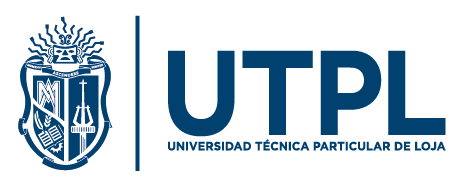Submissions
Submission Preparation Checklist
As part of the submission process, authors are required to check off their submission's compliance with all of the following items, and submissions may be returned to authors that do not adhere to these guidelines.- El envío no ha sido publicado previamente ni se ha sometido a consideración por ninguna otra revista (o se ha proporcionado una explicación al respecto en los Comentarios al editor/a).
- El archivo de envío está en formato OpenOffice, Microsoft Word, RTF o WordPerfect.
- Siempre que sea posible, se proporcionan direcciones URL para las referencias.
- El texto se adhiere a los requisitos estilísticos y biliográficos resumidos en las Directrices del autor/a, que aparecen en Acerca de la revista.
- Si se envía a una sección evaluada por pares de la revista, deben seguirse las instrucciones en Asegurar una evaluación anónima.
Articles
They are to be original and the result of one's own research, the results and conclusions of which advance the discipline. All manuscripts sent to this section will go through an Editorial Process comprised of two evaluation phases: an internal, preliminary evaluation, followed by an external evaluation based on a double-blind system.
Structure and Lenght of the works
The length for the Articles must be between 8000 and 12000 words, including spaces, notes and bibliographic references.
The content of the Articles should, preferably, observe the following structure: Introduction, Methodology, Results, Discussion and Conclusions.
- Introduction
In the Introduction section the research topic is stated, specifying its justification and scope from the point of view of its importance for solving problems or its contribution to the advancement of knowledge. The main objectives and conclusions of the work should also be clearly set forth. Likewise, a literature review should be included (What research has already been done? What results have been achieved?)
- Methodology
A detailed description must be included of the sources or materials used, as well as the criteria and procedures employed for the study. The purpose of this section is to inform readers about the research process that was carried out so that it can be replicated or imitated by other researchers.
- Results
The findings should be identified and described in an intelligible and concise manner. The work should feature, as far as possible, tables, graphics, images and diagrams presenting the results obtained, thereby facilitating their analysis and interpretation.
- Discussion
The results obtained in the study will be compared or related to previous ones published by other researchers. The similarities and differences with respect to previous studies should be considered.
- Conclusions
It will contain a synthesis of the approaches taken as they relate to the objectives of the work. In addition, new questions or proposals for improvements should be cited, to be pursued in future research.
Copyright Notice
Authors being published in this journal agree to the following terms:
The authors retain their copyrights but guarantee the journal's right to be the first publisher of the work, licensed under a Creative Commons Attribution-NonCommercial-ShareAlike 4.0 International license, which allows others to share the work, provided that they acknowledge its authorship and initial publication in this journal.
Authors may separately subscribe additional agreements for the non-exclusive distribution of the work published in the journal (for example, including it in an institutional repository or publishing it in a book), with recognition of its initial publication in this journal.
Authors are allowed and encouraged to disseminate their work electronically (for example, in institutional repositories or on their own websites) before and during the submission process, as this may result in productive exchanges, as well as more and earlier citations of the works to be published.
All authors respect the Author Contributions Policy
Privacy Statement
The names and e-mail addresses provided to this journal will be used exclusively for the purposes stated by it, and will not be made available for any other purpose or to any other party or person.





